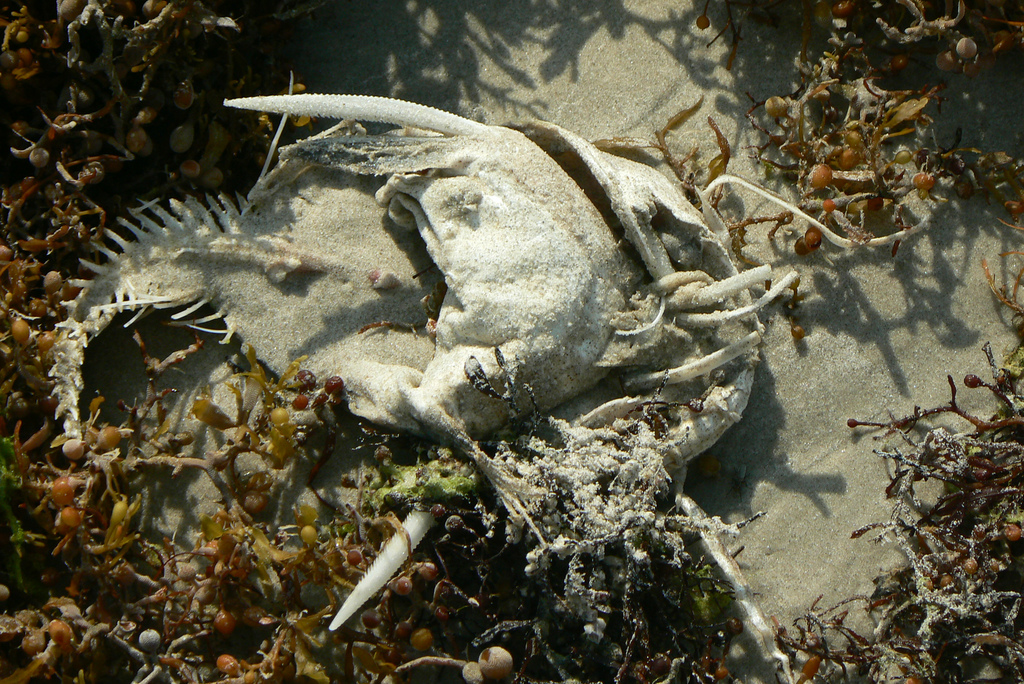“Environmental devastation on our doorstep”
July 27th, 2015 Human activity has been blamed for contributing to environmental disaster in the oceans, but as Ariela St. Pierre-Collins, 18, a Commonwealth Correspondent from Barbados writes, the sea occasionally fights back.
Human activity has been blamed for contributing to environmental disaster in the oceans, but as Ariela St. Pierre-Collins, 18, a Commonwealth Correspondent from Barbados writes, the sea occasionally fights back.
Picture this: a peaceful looking soybean plantation in the Amazon where trees used to be.
Look closer, and you’ll see a stream of water running through the rows of soy plants and continuing down towards the Amazon basin, where the water (and the commercial, chemical-based fertilizer that was carried along with it) is deposited.
Well now picture this: all of that industrial-strength fertilizer is doing its job too well in the sea, when suddenly the water temperature rises a couple degrees and boom – there’s the algae bloom, a disgusting environmental disaster.
Sargassum is the slimy seaweed plague that has befallen many of the Lesser Antilles in the Caribbean region. I know from being here a few weeks and seeing it all how gross it is. The sheer amount of it would seriously shock you. Hotels on the West Coast have had it fairly lucky, but many hotels on the East and South Coasts have been hit fairly hard with piles of seaweed six feet tall and growing. What is worse is that once the seaweed starts to dry out on the sand it begins to attract flies. It rots, and the smell is only comparable to that of rotting carcasses.
Hotels have been hiring bulldozers and labourers to scoop the seaweed away, but the cost of clearing a small part of a beach is already in the thousands. Once tens of thousands of dollars’ worth of machinery and helping hands has been spent, the tides would simply fill in the newfound space on the beach with more seaweed.
If you did not think that this itchy infestation of seaweed could get much worse, you were wrong. Thirty-seven sea turtles and one pilot whale drowned and washed up on beaches in Barbados because the thick layer of sea vegetation floating on the surface prevented the animals getting through to the top to breathe.
Suddenly, when all hope on finding a solution to the sargassum problem was lost, Mother Nature proved us all wrong. Within days, the six foot-plus piles of seaweed in and around the South and East Coasts have been disappearing on their own!
The Barbados Sea Turtle Project posted two photos on Facebook, one of Freight’s Bay on June 30th 2015 and another one of the same bay on July 6th 2015, and the difference is indescribable. One photo shows a beach entirely covered with a thick layer of red-brown sargassum. The other shows that days later, wave action has cleared large stretches of the white-sand beach, leaving mounds of seaweed dotting the water’s edge.
photo credit: stripped via photopin (license)
…………………………………………………………………………………………………………………
About me:
I am a Barbadian-Canadian and the founder of ‘Youth For Epic Change’, a charity aimed at raising funds for causes both locally and globally and inspiring teens in Barbados to be the catalyst for positive change. I am also the innovator behind Girl2B, a digital media platform and educational tool aimed at helping girls and young women to become successful entrepreneurs. View my personal blog at www.unleashthepowerofone.tumblr.com.
…………………………………………………………………………………………………………………
Opinions expressed in this article are those of the author and do not necessarily represent the views of the Commonwealth Youth Programme. Articles are published in a spirit of dialogue, respect and understanding. If you disagree, why not submit a response?
To learn more about becoming a Commonwealth Correspondent please visit: http://www.yourcommonwealth.org/submit-articles/commonwealthcorrespondents/
…………………………………………………………………………………………………………………




